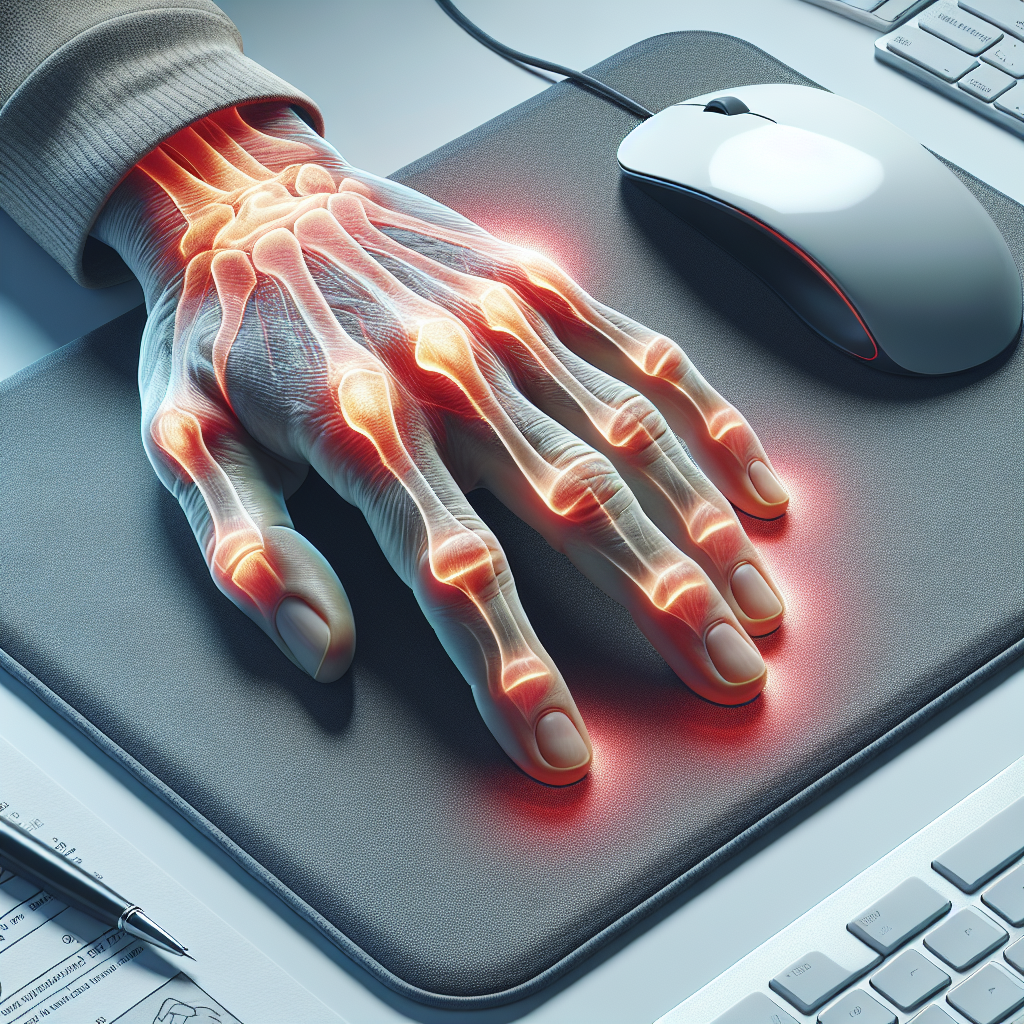As our reliance on technology grows, so does the strain on our bodies, particularly for individuals suffering from chronic conditions like arthritis. One of the often-overlooked tools that can significantly impact comfort and usability is the ergonomic mouse pad. This article delves into whether ergonomic mouse pads are good for people with arthritis and how they can contribute to a better computing experience.
| Feature | Description |
|---|---|
| Design | Ergonomic mouse pads often feature contoured shapes that promote a natural wrist position. |
| Support | Many ergonomic pads come with wrist support that helps maintain proper posture while using a mouse. |
| Materials | These pads are typically made from soft, comfortable materials to reduce pressure on the joints. |
| Size | Ergonomic mouse pads vary in size, accommodating different types of users and workspaces. |
Understanding Arthritis
Arthritis is an inflammatory condition that affects the joints, causing pain, stiffness, and swelling. The two most common types are osteoarthritis and rheumatoid arthritis. Both can affect a person’s ability to perform daily tasks, including computer use. Understanding the implications of arthritis is crucial to determining how ergonomic products can play a significant role in alleviating discomfort.
Benefits of Ergonomic Mouse Pads
For individuals with arthritis, using specialized ergonomic mouse pads can offer numerous benefits:
- Reduced Pain: Ergonomic mouse pads are designed to minimize wrist strain, which can help reduce pain associated with arthritis.
- Enhanced Comfort: The soft material used in these pads can provide a more comfortable surface than standard mouse pads.
- Improved Posture: Ergonomic designs help maintain neutral wrist positions, which is critical for minimizing joint stress.
- Prevention of Fatigue: Using a supportive mouse pad can help reduce fatigue in the hands and wrists during prolonged computer usage.
How Ergonomic Mouse Pads Help with Specific Types of Arthritis
Osteoarthritis
Osteoarthritis is characterized by the breakdown of cartilage, leading to painful joint movement. Using an ergonomic mouse pad can help to:
- Stabilize the wrist joint, reducing the risk of exacerbating pain from utilizing a computer for extended periods.
- Encourage natural wrist alignment, preventing unwanted tension on already stressed joints.
Rheumatoid Arthritis
Rheumatoid arthritis involves inflammation of the joints due to an autoimmune response. The use of an ergonomic mouse pad can assist by:
- Offering greater control over the mouse, helping alleviate the stress of gripping with tight joints.
- Providing a cushioned experience that can help reduce overall discomfort when using the mouse.
Choosing the Right Ergonomic Mouse Pad
Finding the right ergonomic mouse pad is crucial for maximizing its benefits. Here are some essential factors to consider:
- Wrist Support: Look for pads with built-in wrist support that matches the natural curvature of your wrist.
- Material: Choose materials that are soft yet resilient, such as memory foam or gel-infused products.
- Surface Texture: The surface should provide enough friction for control but not so much that it causes additional strain on the wrist.
- Size: Ensure the mouse pad is adequately sized for both your mouse and working environment.
Top Ergonomic Mouse Pads for Arthritis
Here’s a list of some of the best ergonomic mouse pads currently on the market, ideal for individuals with arthritis:
| Mouse Pad | Key Features | Price |
|---|---|---|
| 3M Gel Wrist Rest Mouse Pad | Filled with gel for support, easy to clean surface. | $25 |
| Kensington Duo Gel Mouse Pad | Dual gel wrist support, soft cushion. | $35 |
| Gimars Memory Foam Mouse Pad | Memory foam design, ergonomic wrist rest. | $20 |
| VicTsing Mouse Pad with Wrist Support | Cool- and dry-technology, ergonomic design. | $18 |
Additional Tips for Managing Arthritis While Using a Computer
While using ergonomic mouse pads can greatly enhance comfort, individuals with arthritis can benefit from additional strategies:
- Take Regular Breaks: Frequent short breaks can help reduce joint strain and stiffness.
- Stretching: Simple wrist and hand stretches can help alleviate pain.
- Proper Ergonomics: Ensure your workstation is ergonomically arranged to prevent strain.
- Use Voice Commands: Consider utilizing voice recognition software to reduce the need for heavy mouse use.
Conclusion
For individuals with arthritis, ergonomic mouse pads can indeed be a wise investment. They provide numerous benefits, from pain reduction to enhanced comfort, allowing users to interact with technology more effectively. Coupled with other ergonomic practices and devices, ergonomic mouse pads can significantly improve the computer experience for those dealing with arthritic conditions.



